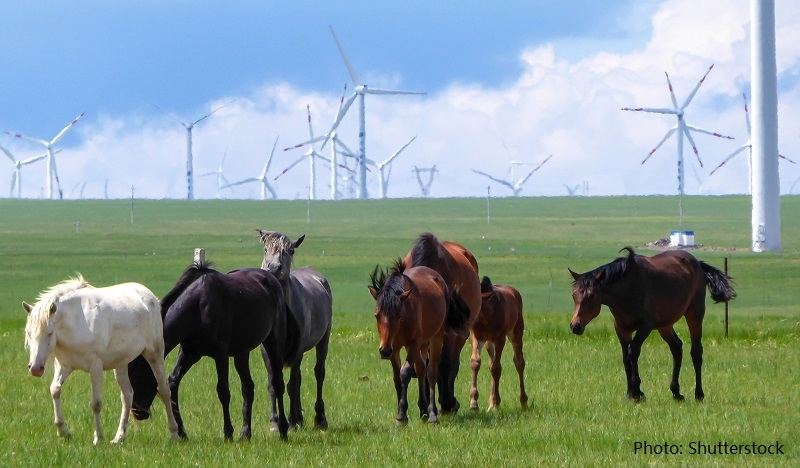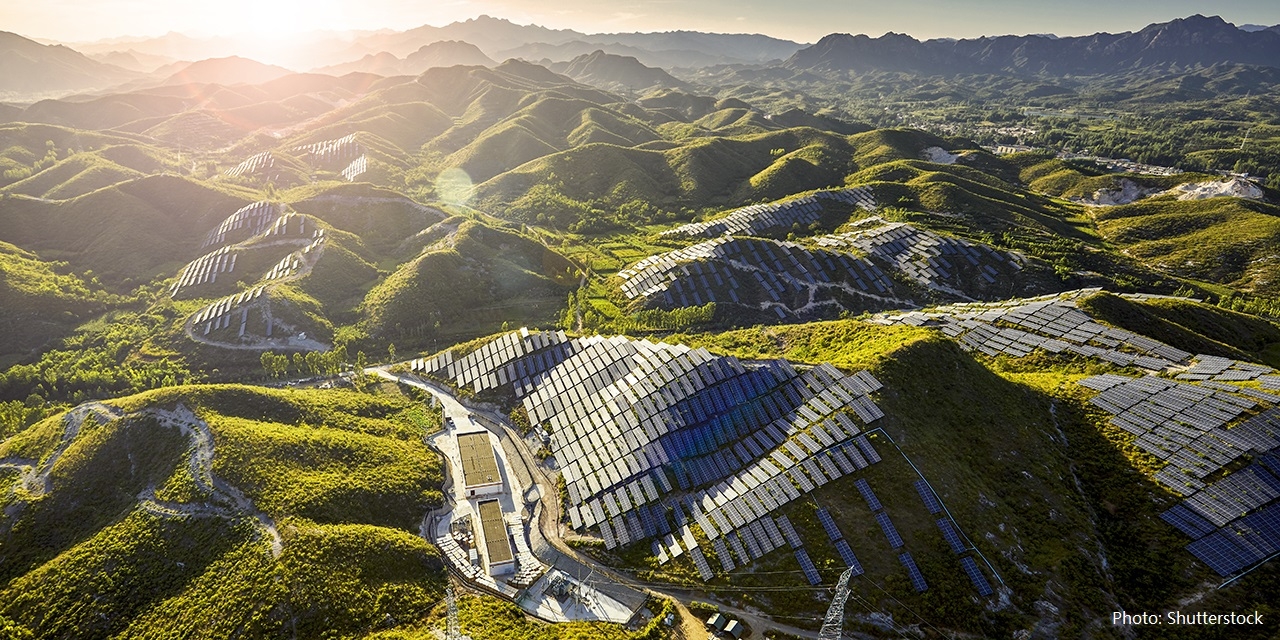Two years ago, Mainland China set 2025 as a target for half its power capacity to come from renewable resources, a landmark the economy has already reached two years ahead of schedule.
The National Energy Administration (NEA) at the end of July announced that the mainland’s installed renewable energy capacity grew robustly in the first half of the year and the installed capacity of renewable energy had reached about 1,320 gigawatts (GW), surging 18.2% compared with the same period in 2022.
The fast-track performance also puts the mainland in a good position to achieve its goals under the United Nations Sustainable Development Cooperation Framework (UNSDCF) 2021-2025.
Sunshine
Wind power capacity expanded 13.7% year on year to 390GW, while solar power leapt 39.8% to about 470GW.
Overall power capacity was 2,710 GW, a 10.8% year on year rise, the NEA said. Renewables accounted for 49% of this at the end of July and are bound to exceed 50% within a matter of months.
The sun-drenched, windswept Central Asian provinces, such as Inner Mongolia and Xinjiang, account for much of the utility scale renewable power development, aligning with the government’s efforts to boost development in interior regions and boosting infrastructure links between the interior and the power-hungry, industry-heavy coastal regions.

The Global Energy Monitor (GEM) reported that Mainland China led the world in renewable capacity, accounting for 1,020GW (or 1 terawatt - TW) by 2021 – the first to cross the 1TW barrier and more than three times the capacity of the runner up, the United States, according to Global Economy.com.
World leader
In its June report – A Race to the Top 2023, China – GEM pointed out that Mainland China hosts nearly half the world’s operating solar and wind power generation capacity. This does not come cheap, as global investment into renewable energy last year was nearly half a trillion US dollars, with the mainland accounting for 55% of it. In Just 2022, the mainland invested US$164 billion on solar installations, and US$109 billion on wind.
The International Energy Agency (IEA) projected that the mainland would account for 40% of the world’s renewable energy capacity growth in the 2019-2024 period.
GEM said planned expansion by Mainland China would increase the global wind fleet by nearly 50% and almost double the number of utility-scale solar installations. The mainland was also ramping up storage capacity to mitigate the intermittency of solar and wind.
On the road
An obvious solution to the problem of intermittent supply is intermittent demand and one vast source of intermittent demand is electric vehicles. So it is no surprise that the mainland is the world’s leading EV market, with passenger EV sales almost doubling in 2022. Counterpoint Research reported that one in four new vehicles sold in the mainland was an EV, accounting for 59% of global EV sales.
The world’s leading EV seller, Build Your Dream (BYD), is based in Shenzhen and another up-and-coming mainland EV maker, Nio, is a leading supplier of battery-swap EVs. Battery swap, already commonplace with electric motorbikes, takes the battery out of the vehicle for charging, meaning that “filling” the battery takes less time than filling a fuel tank, since the driver simply puts in a fully charged power pack. The other key advantage of battery swap technology is it takes the most expensive component out of the car, potentially making such EVs cheaper than their fossil-fuel powered peers.
Shenzhen electrified its bus fleet several years ago and Hong Kong’s leading bus franchise KMB rolled out its first electric double-decker buses in July. KMB intends to fully electrify its fleet by 2040.
Related links
NRDC on Energy

